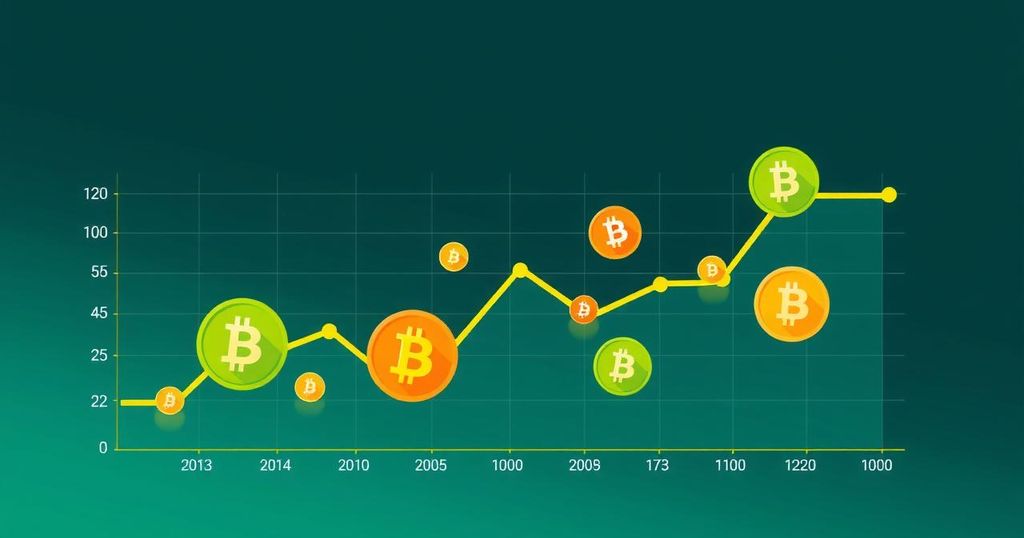Crypto Market Overview: Trump’s First 100 Days
The first 100 days of Trump’s administration saw a 14.7% decline in the crypto market cap, despite efforts to bolster the sector. Factors like tariffs and a renewed trade war hurt market sentiment. While decentralized exchanges witnessed a decline in volume, stablecoins and Real World Assets showed growth. Bitcoin ETFs recorded significant inflows, contrasting with Ethereum’s losses.
In the first 100 days of Donald Trump’s presidency, the cryptocurrency market has seen some significant developments, albeit not in the way many would expect given his promise to be the ‘most pro-crypto president’. Prices of Bitcoin and various altcoins slipped, primarily due to his tariff policies impacting sentiment. Positive actions, such as the Securities and Exchange Commission dismissing lawsuits against major players like Uniswap and Coinbase, have not fully mitigated these declines. What’s more concerning is how macroeconomic factors—like a renewed trade war with key nations—have influenced market dynamics.
The cryptocurrency market cap has experienced a notable downturn, with a sharp drop of 14.7% since Trump entered office. In comparison, the S&P 500 saw a smaller decrease of 6.9%, while the Nasdaq 100 fell by 7.9%. The initial optimism around his stance on crypto has not translated into market strength as only this month the crypto market cap recovered from $2.39 trillion to $2.9 trillion.
January brought high hopes for decentralized exchanges (DEX) with robust trading volumes, partly spurred by the launch of meme coins linked to the Trump family brand. DEX volume soared to a striking $564 billion but tumbled from then on, with February closing at $382 billion and both March and April at $248 billion as the hype diminished.
On a positive note, the stablecoin segment has thrived under the new administration, seeing an increase to over $240 billion total market cap. Key players driving this growth include Tether, USD Coin, and Dai, contributing an impressive $40 billion since Trump took the presidency. This signifies growing trust in stablecoins even amidst market fluctuations.
Additionally, the interest in Real World Asset (RWA) tokenization has surged to record heights, with the total market value now topping $11.17 billion—up from $7.92 billion at the start of Trump’s term. Major contributors include BlackRock BUIDL and Tether Gold, though the industry faced setbacks like the collapse of the Mantra chain, highlighting the volatile nature of this new asset class.
Spot Bitcoin Exchange-Traded Funds (ETFs) have also made waves, showcasing $3.85 billion in net inflows during Trump’s administration. January alone accounted for a remarkable $5.25 billion influx, followed by a dip in February and March, yet April rebounded with $2.85 billion. In contrast, Ethereum ETFs recorded net outflows of $132 million, reflecting the struggles Ethereum faced against both Bitcoin and Solana amidst market sell-offs.
As we look ahead, these charts highlight a complex interaction of policy influence and market sentiment, pointing to both challenges and opportunities in the crypto landscape under Trump’s leadership.




Post Comment